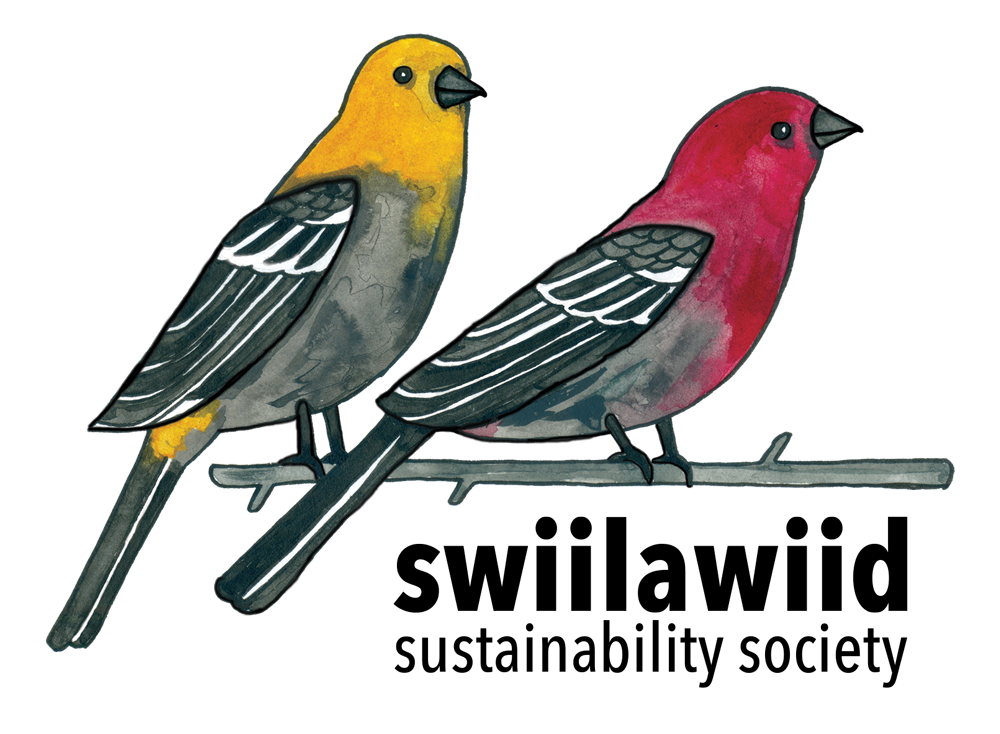Wind
Wind energy harnesses the kinetic energy from the wind and converts it into electrical energy. Wind blows the blades of a turbine around a rotor that spins a generator to create electricity. Cables carry the electricity down the tower to a substation and then on to transmission lines. Wind turbines are usually tall, about 80 meters, to take advantage of the more consistent wind speeds at higher elevations.
On Haida Gwaii
Currently a few off-grid remote homes on Haida Gwaii use wind turbines.The Haida Nation explored offshore wind technology in the Hecate Strait. However, the size and end-use of the electricity to power fracked gas (LNG) plants on the mainland, along with the ecological, cultural and financial impacts were not consistent with the Haida Nation’s values.
Advantages
Wind power is a well developed, popular, and readily available technology that continues to become more efficient. Though wind is an intermittent energy source, Haida Gwaii has abundant wind, particularly on the north and east coasts. On the right site, wind energy can operate for 25-30 years.
Considerations
For residential use, wind energy is best suited for remote areas because it requires unobstructed exposure, and clear and consistent winds. Large onshore wind farms can take up a lot of land which can to lead to loss of habitat and biodiversity. Wind farms built in bird migration routes, important bird areas and bat habitat have contributed to bird and bat deaths, but this can be avoided with proper site screening, smaller scale projects, wildlife assessments, field studies, and post-construction studies. Offshore wind farms need to consider the impacts on the ocean due to construction, operation, and maintenance, and take into account the increasingly fragile ocean ecosystem.

